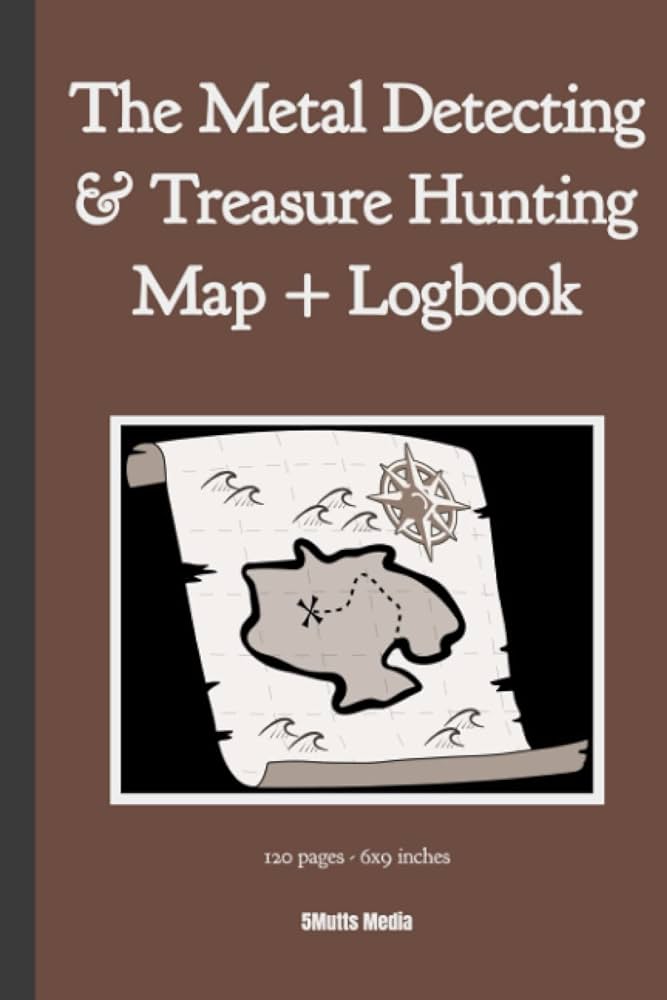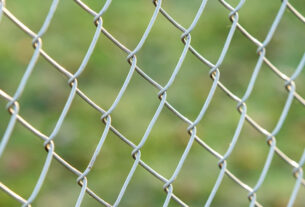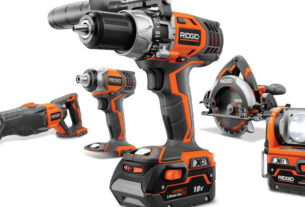Are you dreaming of discovering long-lost treasures buried deep underground? Do you want to uncover rare artifacts that have been hidden for centuries? If so, then you need the right tools for the job. In this article, we will explore the best treasure hunting tools available on the market and provide valuable insight into how to use them effectively.
What Is Treasure Hunting?
Before diving into the world of treasure hunting tools, it’s important to understand what treasure hunting is all about. Treasure hunting is a hobby or profession where individuals search for valuable objects, such as coins, jewelry, and other artifacts. These items may be hidden underground, in old buildings, or even underwater.
There are many different types of treasure hunters, ranging from amateur hobbyists to professional archaeologists. Whatever your level of expertise, having the right tools can make all the difference in finding hidden treasures.
Best Treasure Hunting Tools
1. Metal Detectors
Metal detectors are one of the most common tools used by treasure hunters. They work by detecting metal objects buried underground using electromagnetic fields. There are many different types of metal detectors available on the market, ranging from beginner models to high-end professional units.
When choosing a metal detector, it’s important to consider factors such as sensitivity, discrimination capabilities, and depth detection. Some popular metal detector brands include Garrett, Minelab, and Fisher.
2. Pinpointers
Pinpointers are handheld devices used in conjunction with metal detectors to precisely locate buried objects. They work by emitting a signal when they come into close proximity with metal objects. This allows treasure hunters to pinpoint the exact location of a target without having to dig large holes.
Some popular pinpointers include the Garrett Pro-Pointer AT and the Minelab Pro-Find 35.
3. Shovels and Trowels
Shovels and trowels are essential tools for digging up buried treasures. They come in a variety of shapes and sizes, ranging from small hand trowels to large digging shovels. When choosing a shovel or trowel, it’s important to consider factors such as durability, weight, and blade shape.
Some popular brands of shovels and trowels include Lesche and Predator.
4. Headlamps
Headlamps are essential for night-time treasure hunting expeditions. They allow you to see clearly in low-light conditions and keep your hands free for digging and manipulating tools. When choosing a headlamp, it’s important to consider factors such as brightness, battery life, and weight.
Some popular headlamp brands include Black Diamond and Petzl.
5. Diving Gear
For treasure hunters searching for artifacts underwater, diving gear is essential. This includes items such as wetsuits, dive masks, fins, and underwater metal detectors. When choosing diving gear, it’s important to consider factors such as water temperature, visibility, and depth capabilities.
Some popular diving gear brands include Cressi and Mares.
Tips for Effective Treasure Hunting
Now that you know the best treasure hunting tools available on the market, it’s important to understand how to use them effectively. Here are some tips to help you become a successful treasure hunter:
1. Research Your Area
Before heading out on a treasure hunting expedition, it’s important to research the area you plan to search. Look for historical records, maps, and other sources of information that may give clues about where treasures may be hidden.
2. Go Slow
When using a metal detector or pinpointing device, it’s important to move slowly and methodically over an area. This will help you detect smaller objects that may be missed if you move too quickly.
3. Dig Carefully
When digging for buried treasures, it’s important to dig carefully to avoid damaging any artifacts. Use a small trowel or shovel to carefully excavate the area around the target object.
4. Respect the Environment
As a treasure hunter, it’s important to respect the environment and any historical sites you may come across. Always obtain permission before searching on private property, and never disturb any artifacts or structures you may find.
Conclusion
Treasure hunting can be an exciting and rewarding hobby for individuals of all ages and skill levels. By using the right tools and following these tips, you can increase your chances of uncovering hidden treasures and rare artifacts.
Remember, treasure hunting is not just about finding valuable objects—it’s also about enjoying the thrill of the hunt and learning about history in the process.
References:
https://en.wikipedia.org/wiki/Treasure_hunting
https://www.garrett.com/
https://www.minelab.com/
https://fisherlab.com/
https://www.metaldetector.com/
https://www.lescheonline.com/
https://predatortools.com/
https://blackdiamondequipment.com/
https://www.petzl.com/US/en
https://www.cressi.com/




